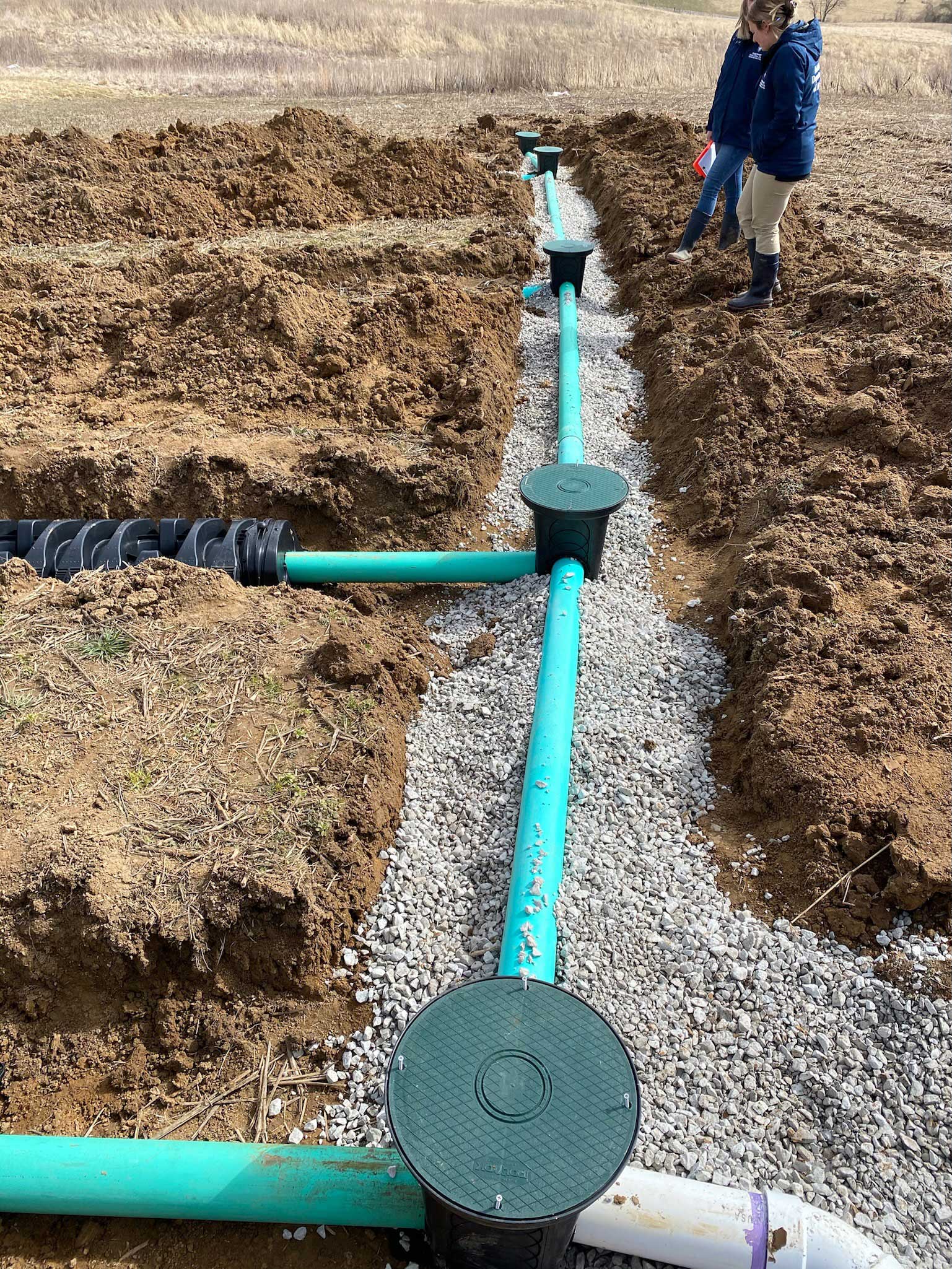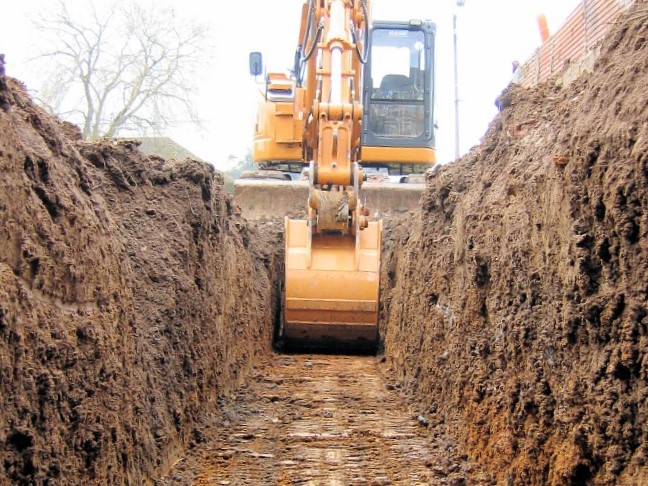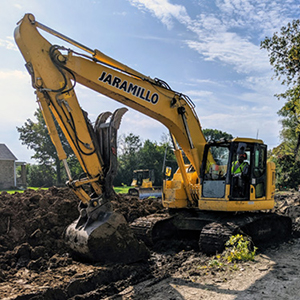Lancaster Excavation - Professional Excavation Solutions in Lancaster, OH
Lancaster Excavation - Professional Excavation Solutions in Lancaster, OH
Blog Article
Comprehensive Excavation Strategies: Grasping the Fundamentals for Success
The careful planning, exact execution, and precise attention to information required in excavation jobs demand a detailed strategy that encompasses different basic facets. The true proficiency exists not just in comprehending these fundamentals however in seamlessly incorporating them to navigate the intricacies of excavation projects with finesse.
Recognizing Excavation Job Preparation

Effective excavation tasks are constructed on the foundation of thorough and thorough planning. The initial phase of any excavation project is the preparation phase, where critical decisions are made that can dramatically influence the result of the project. During this stage, it is important to collect all appropriate info concerning the website, consisting of topographical studies, soil composition, and any potential dangers that might exist. Comprehending the project extent, budget plan, and timeline restrictions is important for producing a detailed excavation strategy that guarantees the job's success.
One key aspect of excavation task planning is the growth of a thorough timeline that details the sequence of activities, milestones, and due dates. This timeline offers as a roadmap for the job group, permitting them to track development and make essential changes to ensure the project stays on timetable. Additionally, a well-defined budget plan that makes up all costs, consisting of tools rental, labor prices, and products, is vital for staying clear of cost overruns and delays. By carefully considering all these aspects during the drawing board, excavation jobs can be carried out successfully and efficiently, leading to successful results.
Dirt Analysis and Site Assessment
Carrying out detailed dirt evaluation and site assessment is a critical action in the preparation phase of any kind of excavation task. Dirt analysis involves determining the make-up, framework, and properties of the dirt at the excavation website. This info is essential for understanding the dirt's bearing capability, wetness content, and possibility for disintegration, which are essential elements in determining the excavation approaches and devices needed for the task.
Site evaluation goes past soil evaluation and incorporates a more comprehensive assessment of the total website conditions. This examination includes recognizing any potential threats, such as below ground energies, ecological concerns, or unpredictable terrain, that can affect the excavation procedure. By completely evaluating the website, project supervisors can establish efficient excavation methods that prioritize safety and security, effectiveness, and environmental security.
Utilizing sophisticated technologies like ground-penetrating radar, dirt sampling, and drone studies can enhance the accuracy and performance of soil evaluation and site examination. Spending time and resources in these initial steps can eventually conserve time and avoid pricey delays or difficulties during the excavation procedure.
Tools Selection and Use
Reliable excavation projects count greatly on critical equipment choice and application to guarantee ideal efficiency and productivity. Picking the right devices browse this site for the task is crucial in making the most of performance and minimizing downtime. Elements such as the kind of dirt, deepness of excavation, and project range play a considerable duty in determining the most appropriate tools for the task available.

Along with picking the proper devices, correct use is key to task success. Operators has to be educated to handle the equipment securely and efficiently - lancaster trenching. Normal maintenance checks and timely fixings aid avoid malfunctions and make sure regular performance throughout the project
Safety And Security Procedures and Regulations Conformity
In the realm of excavation tasks, focusing on precaution and compliance with policies is paramount to guaranteeing a legitimately sound and protected operational setting. Security steps include a variety of methods, consisting of carrying out comprehensive website analyses, carrying out proper signs and obstacles, and providing appropriate safety training for all workers associated with the excavation try this site process. Adherence to guidelines, such as OSHA requirements in the USA, makes sure that the excavation task meets the needed requirements to shield workers, spectators, and the surrounding atmosphere.

Monitoring Development and Adjusting Methods
How can forecast supervisors properly track the improvement of excavation tasks and adapt their techniques as necessary to optimize outcomes? Surveillance progression is necessary for guaranteeing that excavation tasks remain on track and satisfy due dates.

Conclusion
To conclude, grasping the principles of thorough excavation strategies is necessary for the success of any type of task. By comprehending project planning, assessing soil and site conditions, picking ideal equipment, abiding with security regulations, and checking progression, project managers can make sure a efficient and smooth excavation process. Executing these approaches will certainly lead to effective end results and minimize potential threats or obstacles during the excavation task.
The first phase of Check This Out any excavation task is the preparation stage, where essential choices are made that can considerably impact the outcome of the job. Understanding the project timeline, budget, and scope constraints is important for producing a thorough excavation plan that ensures the job's success.
Exactly how can predict supervisors efficiently track the advancement of excavation jobs and adjust their strategies accordingly to maximize outcomes? By very closely monitoring progress and being eager to adapt methods, project supervisors can boost the overall success of excavation tasks.
By recognizing job preparation, assessing dirt and website problems, choosing ideal tools, abiding with safety laws, and checking progression, task supervisors can guarantee a effective and smooth excavation process.
Report this page